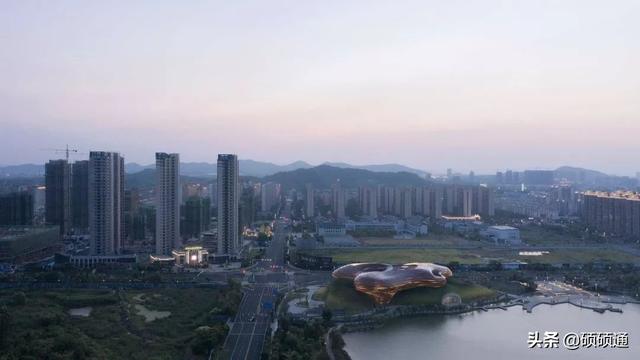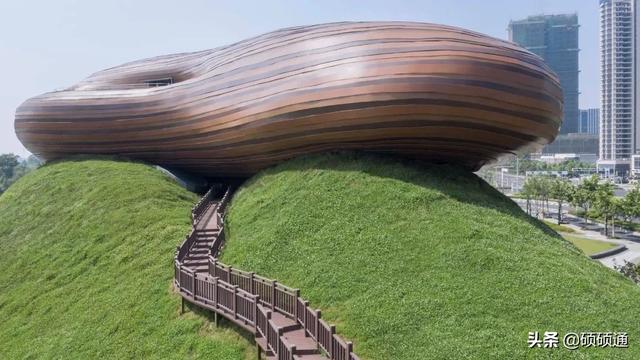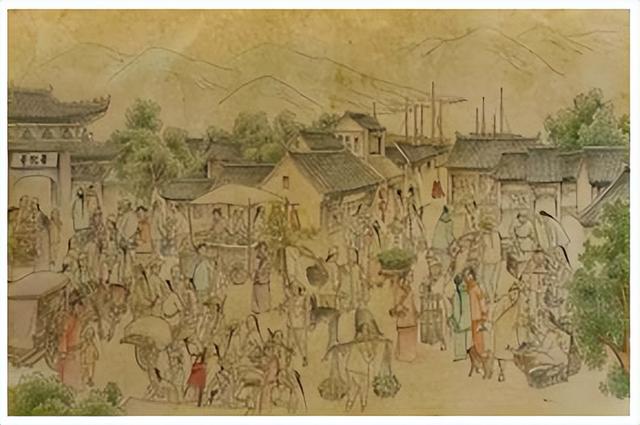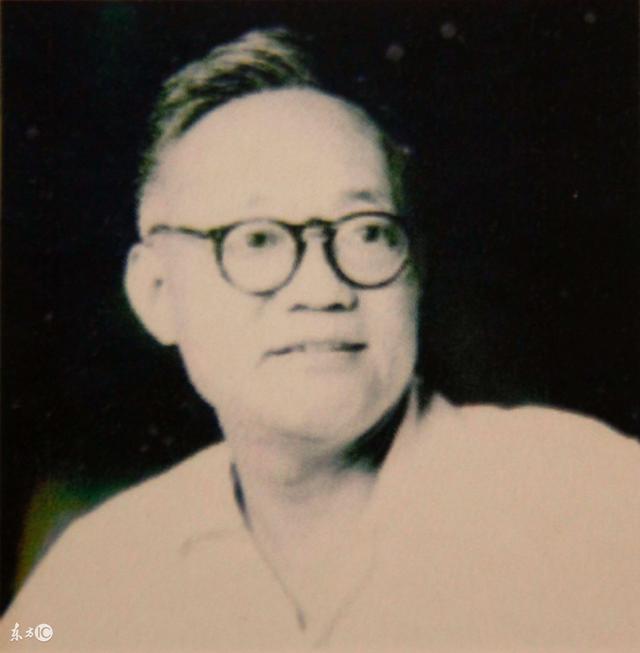江苏·溧阳博物馆
CROX闊合

鸟瞰
溧阳博物馆位于新城区燕湖公园东南角,将城市公共空间与新自然联系起来。有机的形态和起伏的山体在山林间谱写出一段悠扬的乐曲。开放自由的姿态迎接来自四面八方的人,与地形的完美结合形成东方的山水诗意。
Text description provided by the architects. Liyang Museum is located in the southeast corner of Yan Lake Park in the new urban district, connecting an urban public space to the new nature. The organic lines and undulating mountains compose melodious music in the mountain forest. An Open Attitude welcomes people from all directions. The perfect combination of terrain tells about landscape culture and creates an oriental poetic life.

鸟瞰夜景

顶视图
博物馆的设计灵感来自于溧阳的“焦尾琴”,打造这座城市气质的原点,建筑师林琮然重构了形式上的象征感,概念上借由历史古物转化为建筑形式。
The chinese instrument, Jiaoweiqin, is one of Liyang's cultural symbols.that's the origin to build the city temperament. The architect C.R. Lin created the concept in the background of this story and transformed from historical antiquity into architectural form.

北立面

西立面
据《后汉书·蔡邕传》记载:“吴人有烧桐以爨者,邕闻火烈之声。知其良木,因请而裁为琴,果有美音,而其尾犹焦,故时人名曰焦尾琴焉。
According to a book of the Later Han dynasty: the story of Yong Cai writes—a man was burning paulownias to make dinner. Yong Cai passed by and heard wood cracking in the fire.He immediately understood it was a nice piece of wood and explained it to that man. He took out the wood from the fire and made a musical instrument by using it. People were amazed by the beautiful sound of the instrument. The end of the wood was burned so it was called "Jiaoweiqin".

东北侧

东南侧
东方的建筑考虑内外一体的空间整体,天地人之间的内在联系。该团队的设计充分考虑了旋律与自然的关系、人与建筑的互动性,文化与生活场景的具体化过程,从而采用多重概念:刻境、悬歌、流转,交互探讨空间本质上的创意,延续真正的东方建筑。
From an oriental point of view, architecture is seen as a part of the nature whole which contains both inner and outer space; a space that connects human, earth and universe. The team has considered the relationship between melody and nature, human and architecture interaction, delivering a poetic visualization process of culture and life senses. Design concept contains: KEJING (visualize & scenarize), XUANGE (hang & sing), LIUZHUANG (flow), it helps to creates discussion of what is essential space and what is oriental architecture.

西北侧

西南侧

西南近景
溧阳博物馆是一座多面向量体的漂浮建筑,以“悬歌”为概念。其中空的体态包含“现在、过去和未来”展厅。它的湖畔位置提供了多通道、多交叉的景观,借鉴了建筑学者柯林·罗的理论,溧阳博物馆的设计强调建筑空间的通达性和多重概念。
Liyang Museum's top part is a floating architecture. It feels like poetry, smooth and thoughtful. Its hollowed body contains "present, past and future" exhibition halls. Its location beside a lake provides multiple access and crossing views, referring to the theory of architecture scholar Colin Rowe's. Liyang Museum's design emphasizes in buildings accessibility and combination of multiple concepts.

入口

入口
建筑配置上强调三维向度,地面与燕山公园的空间共构,下部借由有机元素的并列与地景整合,人们可以随意参观建筑。入口广场位于西南角,就在漂浮体量的下方,作为博物馆的主入口,中空广场将形成通风凉爽的微气候,自然形成参访者相约的新据点。
在夜晚,漂浮的建筑中挖空的水滴形天井,渗入光束在建筑间互动变化着,吸引前来观光的人群。
That floating architectures sits on hills. Hills become museum's bottom. Its organic shape blends and extends into surrounding land. It feels natural and welcoming. People can visit architecture causally. The entrance plaza is located in the south west, right under the museum’s floating body. The plaza functions as museum's main entrance, connecting and bringing visitors to museum's central courtyard. The Central courtyard has its own climate. The team assumes it will become a popular meeting spot. At night, the water drop shaped patio sits on the top of the courtyard; acting like an open window to spreading light out into the sky. It sparks, attracting people’s attention.

屋顶

东侧湖面



东侧湖面

近景






近景

庭院

天井

天井细部

天井俯视图
一层平面图

二层平面图

三层平面图

东立面

西立面

南立面

北立面

剖面图


屋顶配置图

建筑师:CROX闊合
地点:江苏
设计团队:林琮然、张铭政、宋政?、江月、叶秀南、周天野、朱珈仪、孙立东、倪国越
面积:19000.0平方米
年份:2019年
摄影师:夏至






